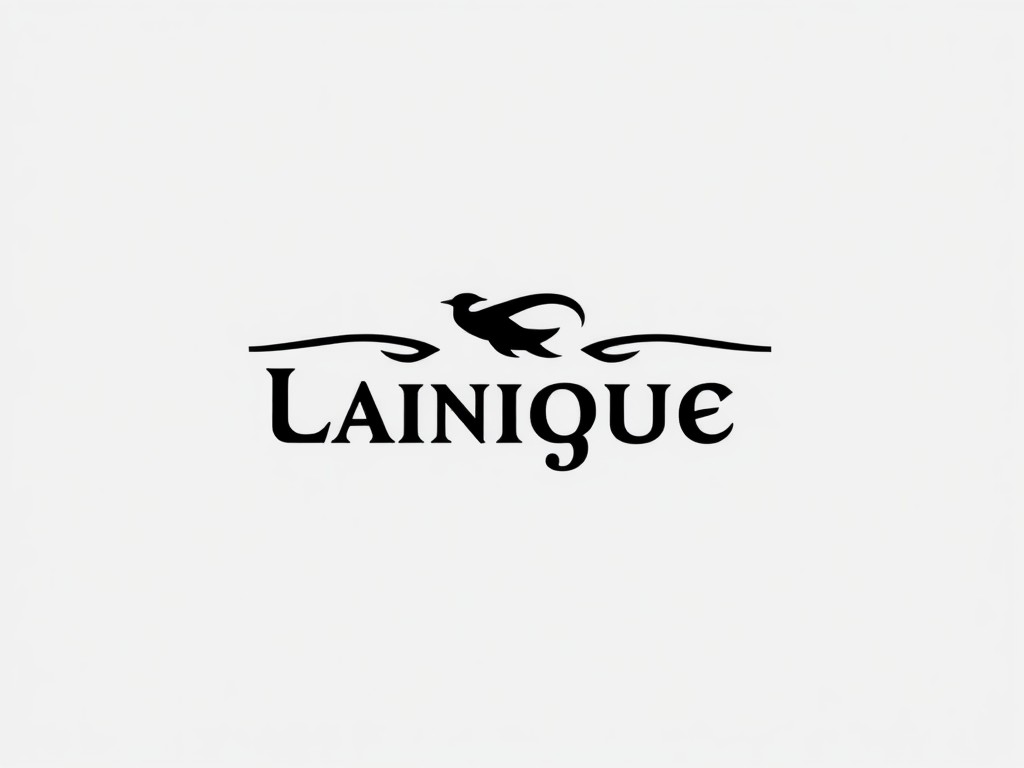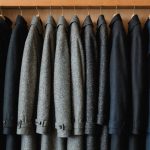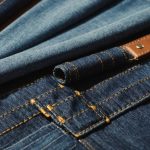Understanding Sustainable Fashion
Sustainable fashion has gained significant traction as a necessary shift within the clothing industry. It involves crafting eco-friendly clothing with a keen focus on environmental and social wellbeing. The importance of sustainability in fashion can’t be underestimated as the industry is traditionally one of the largest polluters globally.
With the production process often involving harmful chemicals, unsustainable resource use, and exploitative labor practices, the shift towards sustainable fashion is crucial. Adopting sustainable fashion practices can substantially mitigate these impacts. For instance, using less water-intensive crops like hemp or focusing on circular fashion solutions can lead to more eco-conscious manufacturing processes.
Also read : Transform your skincare for every season: essential tips for year-round radiance
The benefits of choosing eco-friendly clothing are manifold. Not only does it reduce carbon footprint, but it also encourages fairer labor conditions. Wearing clothing made from sustainable materials often means supporting brands that prioritize the planet and people over mere profit margins. This choice fosters a healthier ecosystem and advocates for ethical business practices. Adopting sustainable wardrobe habits contributes positively to environmental conservation and promotes awareness and responsibility among consumers.
Embracing this change is essential for a more sustainable future, where fashion becomes an ally, not an adversary, to the planet.
Also read : Choosing Your Ideal Sunscreen: Tailoring SPF to Fit Your Skin Type for Optimal Protection
Identifying Recycled Clothing
Exploring recycled clothing offers a transformative approach to sustainable fashion, turning waste into wearable art. Recognizing these garments starts with understanding the materials used. Common materials include recycled polyester, often made from PET bottles, and upcycled cotton, which reuses discarded fabric scraps to reduce waste. Each item holds a story of innovative reuse, contributing to a circular fashion economy.
Materials Used in Recycled Clothing
Recycled textiles are evolving. Recycled wool combines used wool garments and waste into new fibre blends without the extensive processing required for virgin wool. This method conserves energy and reduces environmental impact. Similarly, recycled nylon, often sourced from fishing nets or carpet flooring, is gaining popularity in eco-conscious swimwear and activewear collections.
Recognizing Labels and Certifications
When deciphering clothing tags, certification marks are critical. Labels such as the Global Recycle Standard (GRS) assure compliance with sustainable recycling standards. Certifications highlight the integrity of the recycling process, affirming the environmental and social responsibility of the manufacturer.
How to Determine the Percentage of Recycled Content
Examine care labels for detailed percentage information on recycled content. Transparent brands typically highlight the recycled content percentage, providing insight into their commitment to environmental conservation. This transparency helps consumers make informed decisions, promoting sustainable purchasing habits.
Best Practices for Sustainable Fashion Choices
Delving into sustainable fashion tips is key to minimizing the environmental footprint of our wardrobes while embracing ethical style. Start by exploring second-hand stores or engaging in clothing swaps to find unique pieces. These methods extend the lifecycle of garments and reduce waste, contributing to a more eco-friendly fashion ecosystem.
When purchasing new items, focus on ethical brands committed to transparency and sustainability. Brands prioritizing organic materials and fair labor practices reflect true environmental stewardship. Familiarize yourself with labels like Global Organic Textile Standard (GOTS) or Fair Trade certifications, ensuring your purchases align with your values.
Mindful consumption plays a pivotal role in sustainable fashion. Evaluate your actual needs before buying, aiming to reduce impulse purchases. This conscious approach not only saves resources but also enhances wardrobe longevity by prioritizing quality over quantity.
Lastly, consider garments’ versatility and durability. Choose pieces that can serve multiple purposes, seamlessly transitioning from casual to formal wear. Investing in long-lasting clothes reduces the need for frequent replacements, promoting a more sustainable fashion cycle. Adopting these sustainable fashion practices can help foster an eco-conscious wardrobe and promote responsible consumer behavior.
Key Factors in Selecting Eco-Friendly Clothing
Navigating the maze of eco-friendly clothing requires insight into its defining factors. Sustainable materials play a vital role here, with organic cotton, hemp, and bamboo standing out for their low environmental impact. These materials are often biodegradable, reducing landfill pressures.
Understanding certifications like GOTS (Global Organic Textile Standard) and Fair Trade is crucial. These indicators reassure consumers of a garment’s ethical and ecological integrity. They certify that the production respects both people and the planet, an assurance critical to informed garment selection.
Equally important is evaluating the lifecycle of fashion items, stretching from cradle to grave. This means considering how a piece is produced, its durability, and its end-of-life disposability. Sturdy clothes not only minimize waste but also promote long-term wardrobe sustainability.
Selecting eco-friendly garments also involves checking the brand’s transparency about their sourcing and production practices. Brands committed to genuine sustainability will typically provide comprehensive information and demonstrate traceability across their supply chains.
By prioritizing these factors, consumers can make more ethical choices, ensuring their purchases not only align with their values but also contribute positively to a more sustainable future.
Visual Aids and Resources in Sustainable Fashion
Navigating the world of sustainable fashion can be challenging without the right tools. Visual guides and infographics offer an accessible way to deepen understanding. These resources allow consumers to visually compare the sustainability metrics of different materials and brands, simplifying complex information into straightforward visuals.
Infographics are particularly helpful in illustrating the lifecycle and environmental impact of various fabrics. They can depict how organic cotton fares against traditional cotton in terms of water usage, or the carbon savings achieved by choosing recycled polyester. This visual representation makes it easier for consumers to grasp the benefits of each eco-friendly clothing choice.
A variety of resources exist for those seeking further knowledge. Educational tools such as websites and apps provide comprehensive databases of sustainable brands, alongside consumer reviews. These platforms often feature interactive visual aids, enhancing the education process by engaging the user actively.
Embracing these sustainable fashion resources can empower individuals to make conscientious choices. Consumers can analyse and compare their options effectively, fostering informed and responsible clothing purchases. Therefore, utilizing these visual and educational aids is a smart step towards adopting a more eco-conscious wardrobe.
Making Informed Purchases
Making wise, informed buying decisions in sustainable fashion can seem daunting but is key for eco-conscious consumers. Groundwork begins with researching eco-friendly brands, scrutinising their claimed sustainability practices. Many brands often advertise themselves as sustainable, but thorough investigation into their operations can reveal the authenticity of such claims. Look for brands that openly discuss their sourcing, production processes, and worker treatment.
In addition to research, consumer reviews are invaluable for gauging brand credibility. Feedback from real users provides honest insights into the quality and ethical compliance of a brand’s products. Diverse opinions can help determine if a brand’s practices align with sustainability values and if their garments stand the test of time.
Moreover, relying on sustainable fashion resources elevates your purchasing journey. Websites and applications offer tools that track brand performance, showcase certified labels, and assess environmental impacts of different materials. These resources empower consumers with knowledge, enabling them to select brands that genuinely uphold sustainability.
By employing these strategies, consumers can distinguish between surface-level greenwashing and authentic green practices. Exploring further into brand ethics ensures the sustainable fashion choices reflect both personal values and contribute positively to the planet.











